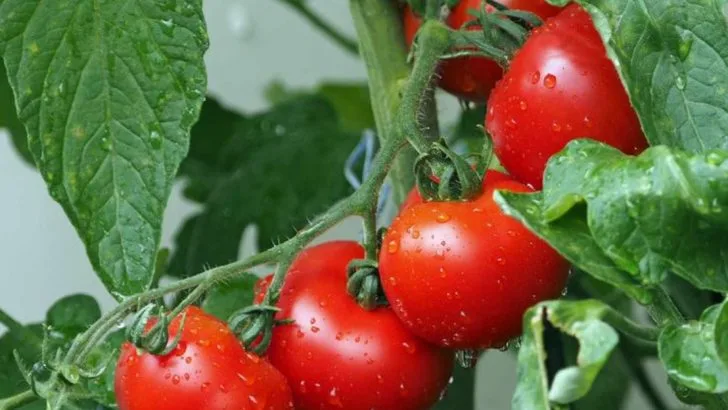You can do everything right—and still end up with a garden flop. Wilted leaves. Stunted growth. A harvest so small you could fit it in your pocket and still have room for your keys. June is make-or-break season. Plant the wrong thing now, and you’re staring down a sad, empty plate in August. But plant smart? You’ll be swimming in herbs, snacking on beans straight from the vine, and wondering where to stash all the tomatoes. Skip the heartbreak crops. Go for the ones that give—again and again. These six winners won’t just grow. They’ll produce.
Overwatering
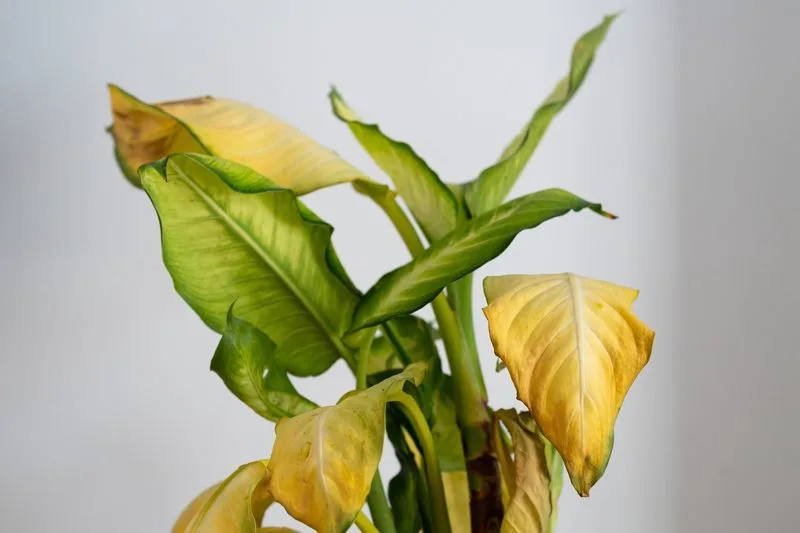
Too much water can be detrimental to plants. Overwatering suffocates the roots by depriving them of the necessary oxygen, leading to droopy and yellowing leaves. It’s essential to balance watering based on your plant’s specific needs.
Consider the weather conditions; rain can naturally water your plants, reducing the need for manual watering. Checking soil moisture levels can prevent excess water. Invest in a moisture meter if required.
Did you know? Overwatered plants are more susceptible to pests and diseases, making it crucial to monitor your watering habits.
Planting Out of Season
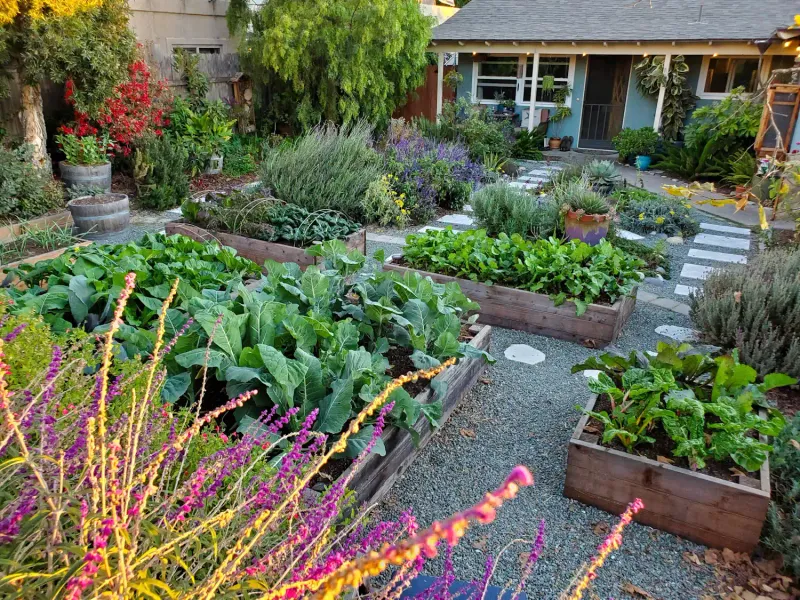
Planting at the wrong time can spell disaster for your garden. Seasonal timing affects growth, with plants struggling against adverse conditions if planted too early or late.
Research is key. Understanding the seasonal calendar ensures that you plant at the optimal time, promoting healthy growth and bountiful harvests.
Fun fact: Some plants have adapted to specific climates over centuries, making them dependent on precise growing conditions to thrive.
Poor Soil Quality
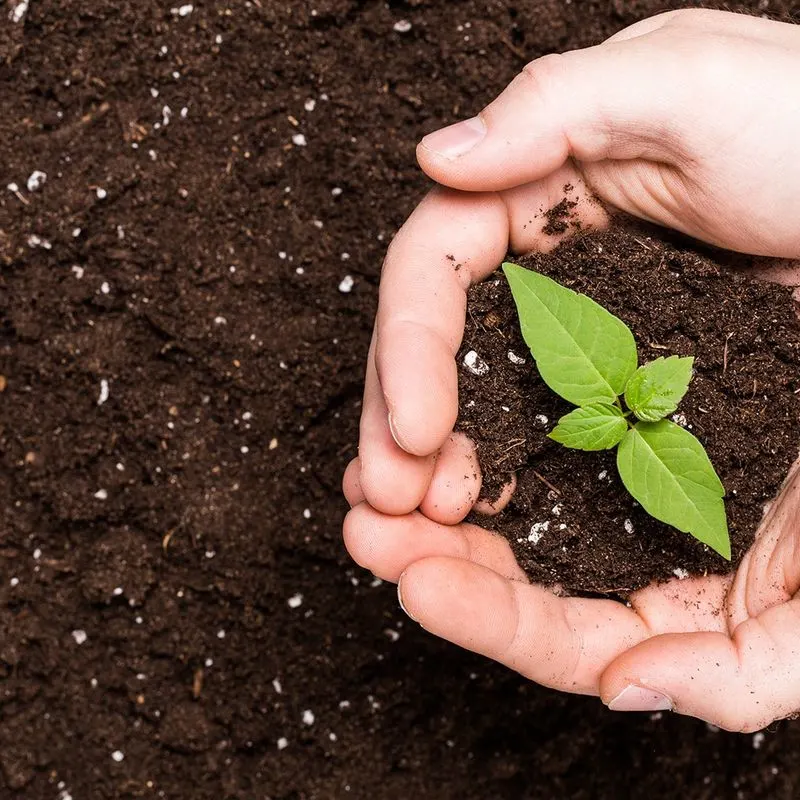
Soil quality can make or break your garden. Poor soil lacks essential nutrients, leading to weak and unhealthy plants. Compacted soil can hinder root growth and drainage.
Testing soil regularly will help identify deficiencies, allowing you to amend the soil with organic matter like compost or manure. This enriches the soil, promoting healthy plant growth.
Remember, healthy soil is teeming with life, and maintaining it ensures a thriving garden.
Pest Infestation

Pests can quickly devastate a garden. Chewed leaves and damaged plants are signs of an infestation. Regular monitoring and early detection are vital.
Introducing natural predators, such as ladybugs, can help control pest populations. Companion planting is another strategy to deter pests naturally.
A historic note: Ancient farmers used to plant certain herbs to repel pests, a practice that still works today.
Lack of Sunlight

Sunlight is crucial for photosynthesis, and inadequate light results in leggy plants with sparse foliage. A shaded garden may struggle to produce healthy plants.
Repositioning plants to sunnier spots or pruning back trees that block light can alleviate this problem. Selecting shade-tolerant plants is another solution.
Did you know? Some plants have adapted to low-light conditions, thriving under the canopy of larger trees.
Neglecting Crop Rotation
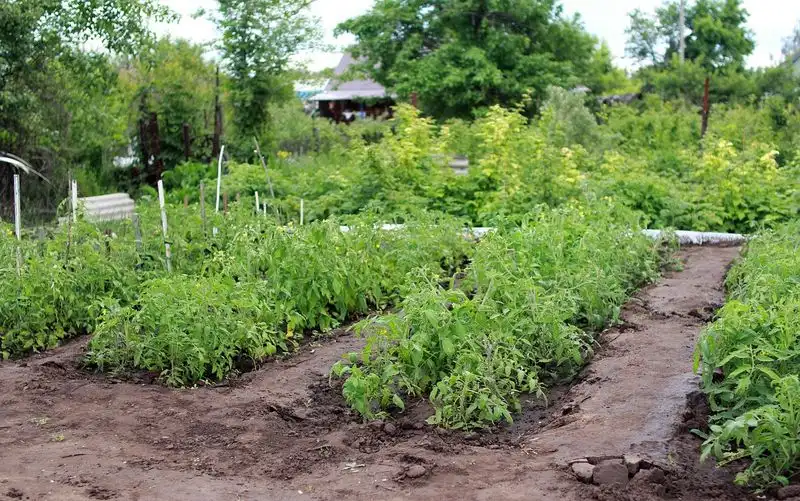
Neglecting crop rotation depletes soil nutrients, leading to reduced yields. Continuously planting the same crops tires the soil, encouraging disease and pests.
A strategic rotation plan replenishes soil nutrients and breaks pest cycles. Rotating legumes with other crops can naturally enhance soil nitrogen levels.
Historically, crop rotation has been a practice since ancient times, recognized for maintaining soil health and productivity.
Tomatoes
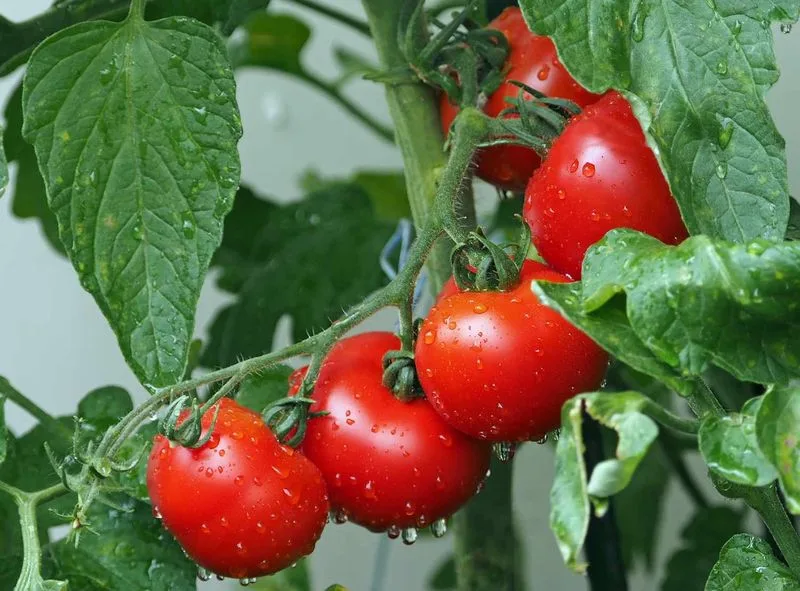
Tomatoes are a gardener’s delight, often producing bountifully throughout the growing season. With proper care, they flourish in sunny spots with well-drained soil.
Regular watering and feeding encourage continuous production, with tomatoes often ripening until the first frost. Use stakes or cages to support their growth.
Quirky fact: Tomatoes were once thought to be poisonous and were avoided, until they gained popularity in European cuisine.
Cucumbers
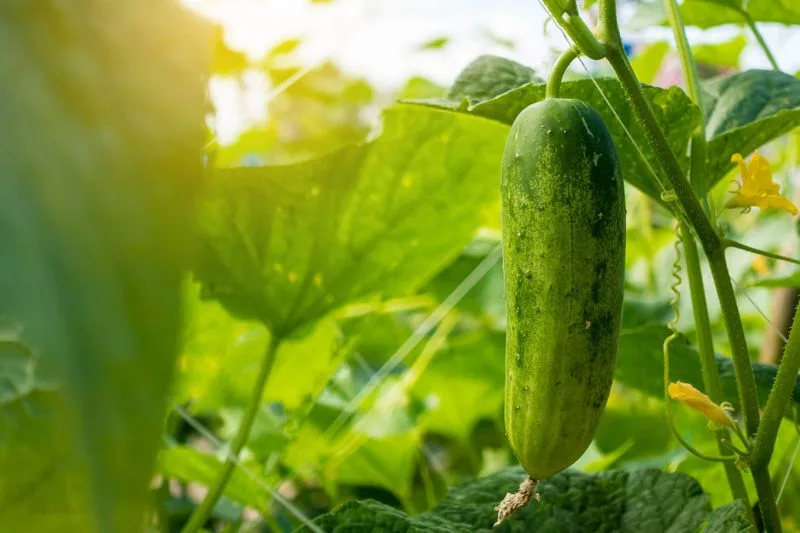
Cucumbers love the summer heat and keep producing with adequate water and sunlight. These vining plants benefit from trellising, which also saves space in the garden.
Regular harvesting encourages further production, ensuring a steady supply throughout the season. Keep an eye out for pests like aphids.
Fun fact: Cucumbers are 95% water, making them a refreshing addition to any summer dish.
Zucchini
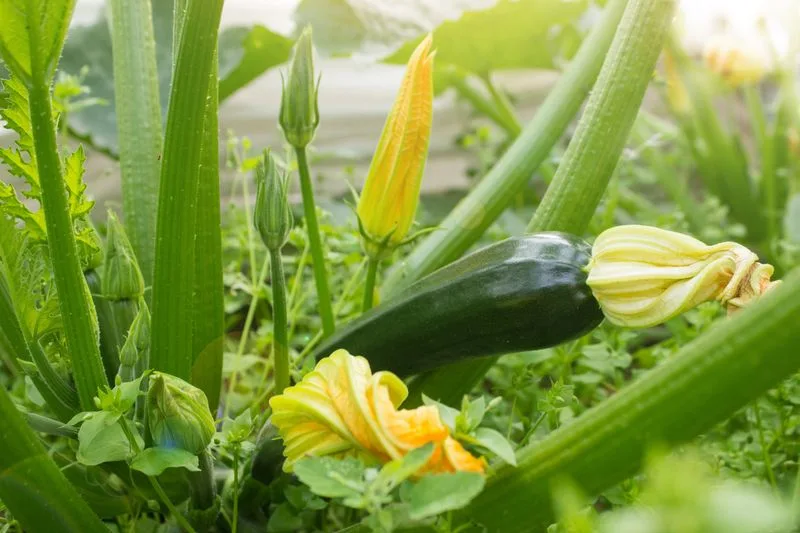
Zucchini is known for its prolific nature, providing a continuous harvest with proper care. Ensure they receive plenty of sunlight and regular watering.
Harvest zucchinis when they are small and tender to encourage more fruit to set. Be mindful of powdery mildew, which can affect plants.
Did you know? In Italy, zucchini is often enjoyed in a variety of culinary dishes, showcasing its versatility.
Peppers
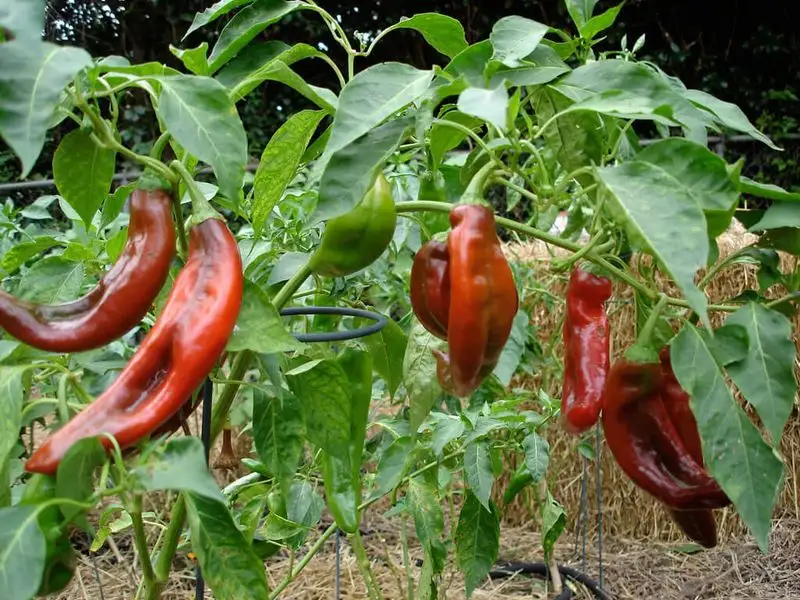
Peppers, whether sweet or hot, thrive in warm conditions and keep producing with proper care. Ensure they are planted in well-drained soil and receive regular fertilization.
Picking peppers regularly encourages further fruiting, allowing plants to continue producing until late in the season. Support plants with stakes if needed.
Intriguing fact: Peppers, part of the nightshade family, contain capsaicin, which is used in topical creams for pain relief.
Beans
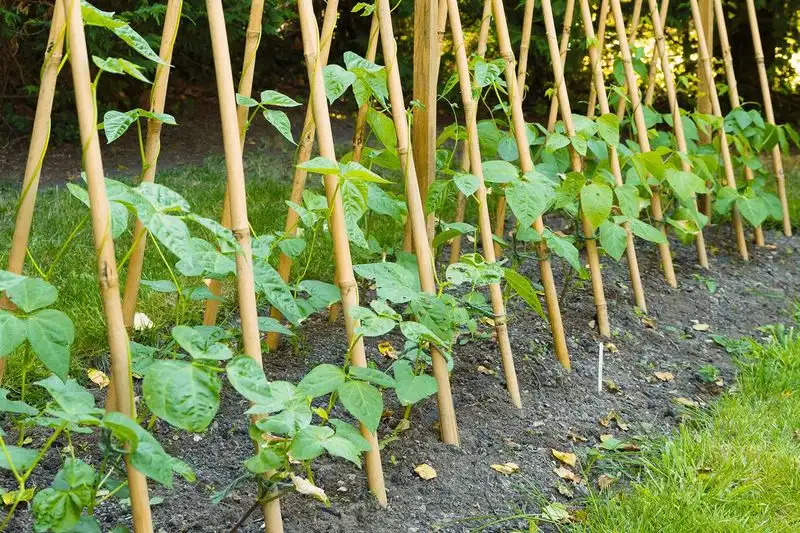
Beans are a rewarding choice for June planting, providing a steady harvest. These climbers thrive with support, making them ideal for trellis systems.
Regular picking is crucial to maintain production. Beans also enrich the soil, benefiting future plantings by fixing nitrogen.
Historical tidbit: Beans have been a staple for centuries, known for their nutritional value and soil-enhancing properties.
Basil
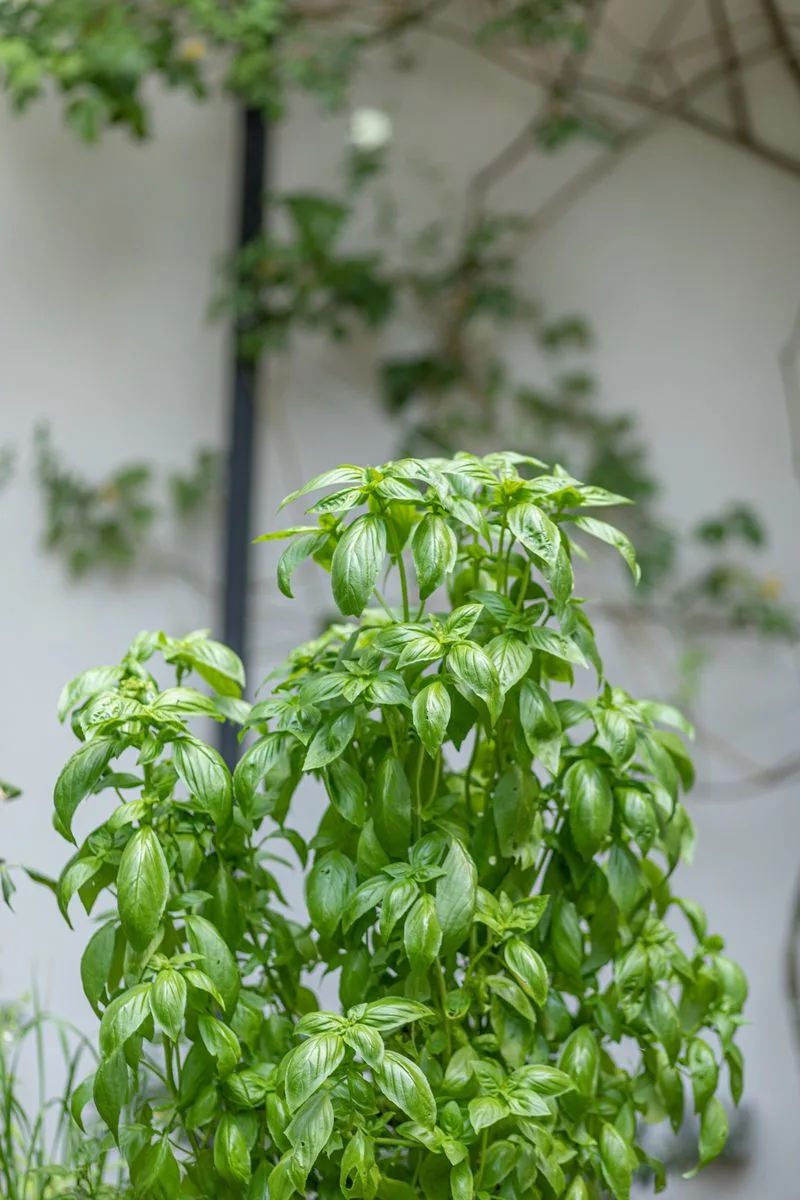
Basil is a summer favorite, known for its aromatic leaves that elevate dishes. This herb thrives with ample sunlight and regular watering.
Frequent harvesting of leaves promotes bushier growth and ensures a steady supply throughout the season. Basil can be grown in pots or garden beds.
Fun fact: Basil has been associated with various cultural traditions and is often seen as a symbol of love and good fortune.

